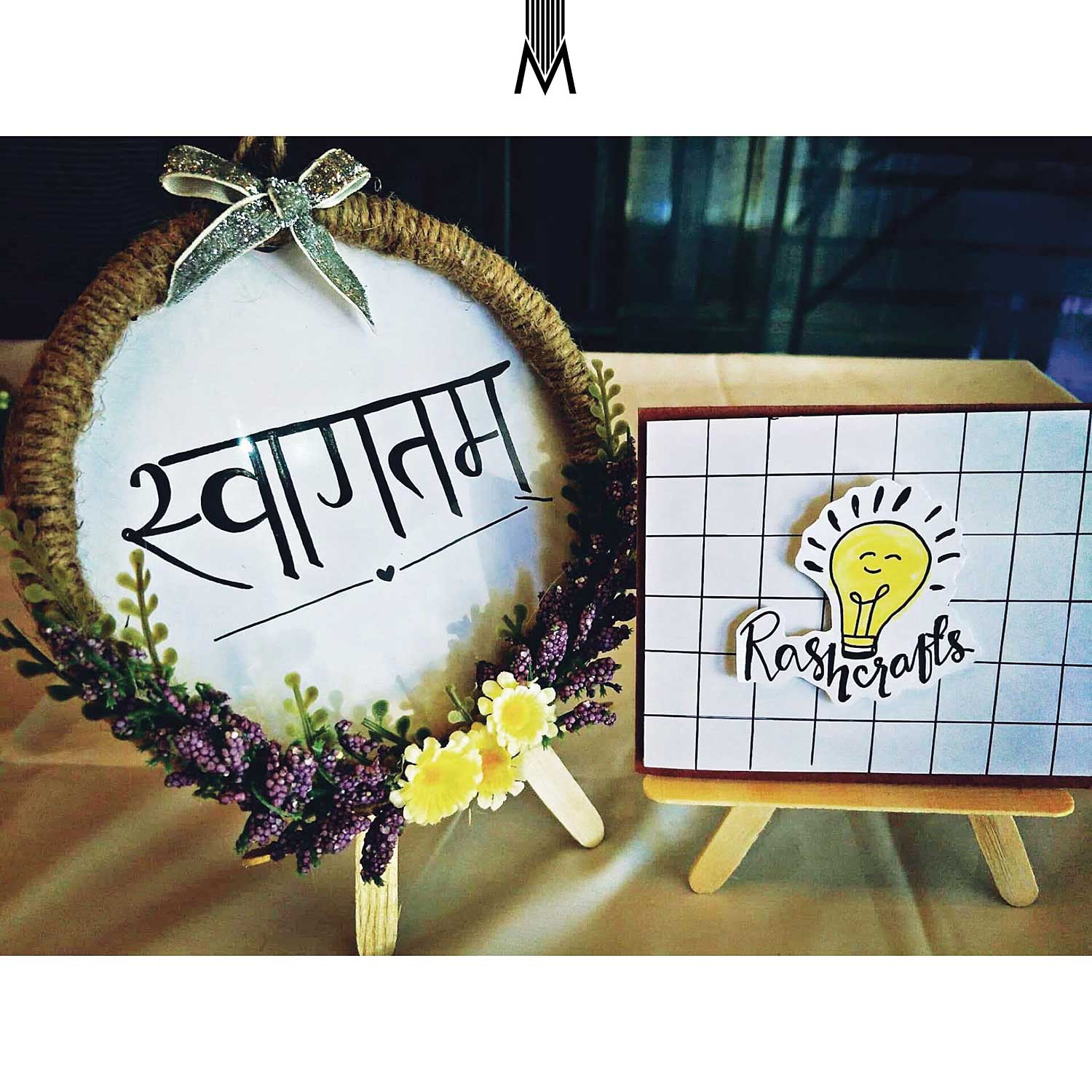Worshipping of female deities within the Mahayana sect began in the 7th Cent C.E. in the form of Tara. It began with two forms of Tara: the White or Sveta Tara and the Green or Harit Tara. But with time, more forms began to be accepted and there are now 21 such deities known as Tara. The White Tara then came to be recognized as the Shakti of Avalokiteshvara and the practice came to Nepal from across the border in Tibet. Besides the fact that the white Tara’s face and body is shown white while that of the Green Tara is shown green, there are many differences in the symbols. The worship of Taras began after the Tibetan king Tsong Tsan Gampo married a Nepali princess as well as a Chinese princess in the 7th Cent. Given away in marriage, these two princesses carried with them their own deities and it was Bhrikuti, the Nepali princess who introduced Buddhism to Tibet. When these princesses became known as Taras, a whole new concept was born and they are seen as protectors.
The White Tara is usually portrayed in the sitting position and is dressed and crowned as a Bodhisattva with an extra eye on the forehead. Her right hand is shown in the boon giving pose and sometimes in the fear not pose. A full blown lotus rests on either one shoulder or on both. With her left hand she is shown holding the stem of a lotus or in the preaching pose. If her leg is shown hanging low, it is supported by a lotus. She is also seen in the standing or half-dancing pose. She has seven eyes: one on the forehead, two normal eyes and one each on the palms and soles of her feet.
The Green Tara representing Bhrikuti, is recognized as the consort or Shakti of Amoghasiddhi, the Dhyani Buddha. The Chinese princess Wencheng became known as the White Tara and is portrayed similar to the Green Tara but has a blue water lily in place of a lotus. She holds a half-closed lotus flower in her left hand. She is adorned with jewels and precious cloth and is also shown sitting on a white moon disk. Her right leg shown outside the lotus symbolizes her continuous activities, alertness and determination. Her hands are in the pose of granting protection. Tara is supposed to be incarnated in all good women.
Some lesser-known vegetable dishes from the southern plains
I’m not a vegetarian but I love vegetables. And whenever I get to the southern plains of Nepal, I try...










